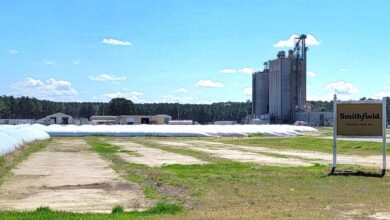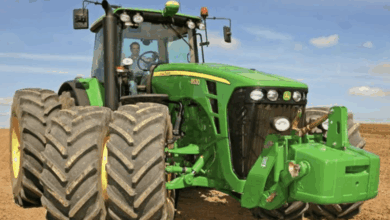Fight Potato Viruses with Wildflowers: 9 Flowers to Try
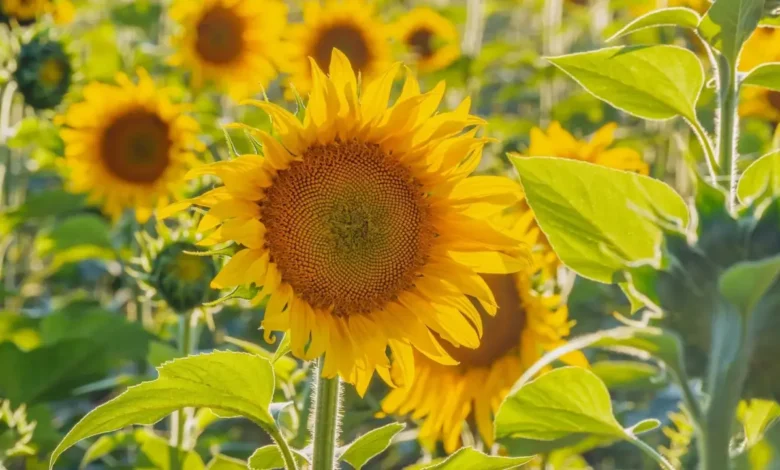
Potato virus Y is a huge threat to potato crop stability in North America and Europe. Farmers are most concerned about the necrotic strain, which affects varieties of potatoes more severely than the common strain.
These viruses cause mottled leaves and, eventually, plant death. Necrotic strains damage foliage as well as tubers, which rot from the inside out. Not only is the virus spread via infected tools and plants, but its main vector is aphids. Therefore, farms that haven’t dealt with the virus yet can prevent it by controlling aphids in their potato crops.
Integrated pest management denotes that one of the best ways to keep pest numbers down is to plant wildflowers. These attract aphid predators and limit their ability to spread viruses in areas where they may be common.
The primary predators of the potato aphid are lady beetles, carabid beetles, spiders, syrphid flies, green lacewings, and midges. Plants that attract these are great preventatives for potato viruses that aphids spread. Thankfully, many of them double as ecologically restorative.
Sunflowers
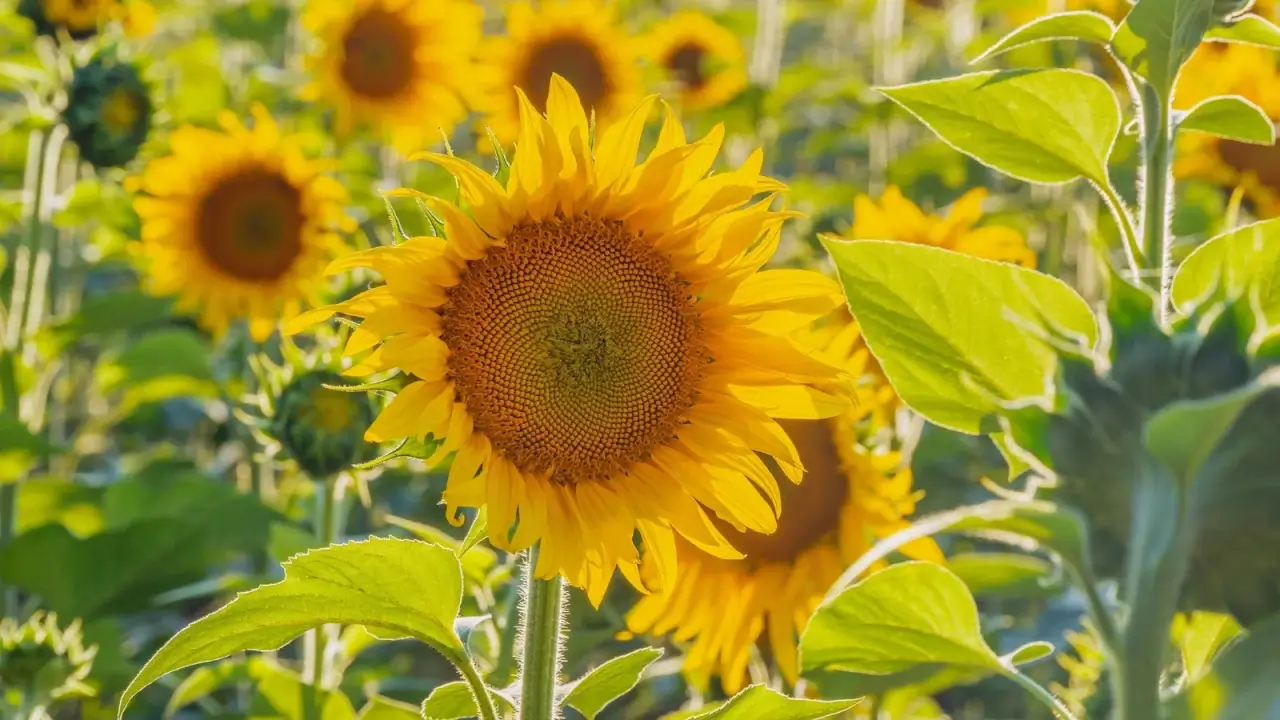

Any type of sunflower attracts lady beetles. Both adults and lady beetle nymphs feed voraciously on aphids. They don’t discriminate between young and mature aphids, either. Farms in proximity to sunflower fields are likely to have fewer problems with pests, as they attract a slew of predators in the insect and animal kingdoms.
If you want to attract the green lacewing, which also feeds heavily on aphids, but mostly in its larval phase, plant Maximillian sunflowers. These North American native plants provide excellent habitat for beneficial predators. They also spread and grow easily, blooming from summer through the milder parts of fall.
One note on some sunflowers: they take up a lot of space. Plant them where they can spread out, and where they won’t overcrowd other crops or natural areas. Use them as a conservation feature on your farm where there’s plenty of room to grow.
Yarrow
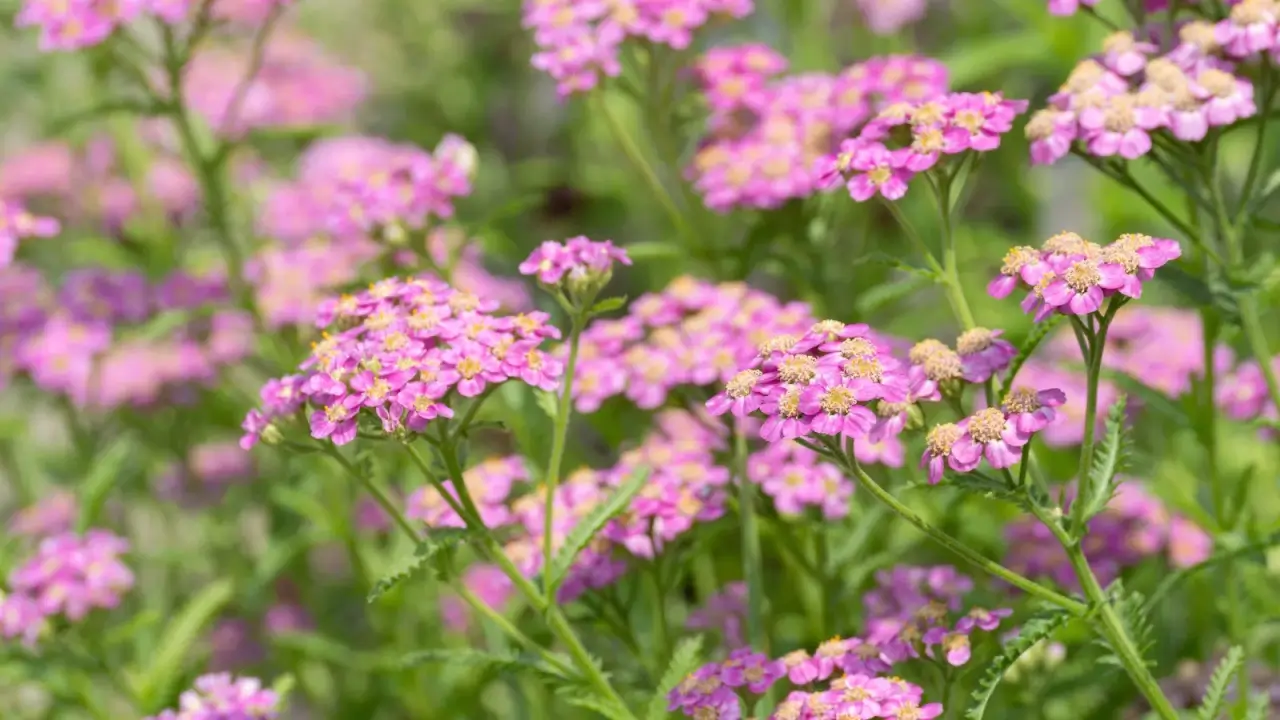

Of course, it would be a mistake to mention integrated pest management without including yarrow. One of the most vigorous and lovely native plants, yarrow is a beneficial insect powerhouse. It attracts many predators of aphids, and others too.
Plant yarrow among other plants, but provide some space so it doesn’t bully them. It can be grown among other plants (unlike the Maximillian sunflower), but it can be aggressive in optimal environments. However, a strip of yarrow between potato rows is a great idea.
Intermix yarrow with other native plants, and you have prairie strips that buffer cultivated land, adding to restoration efforts or initiating them.
Milkweed
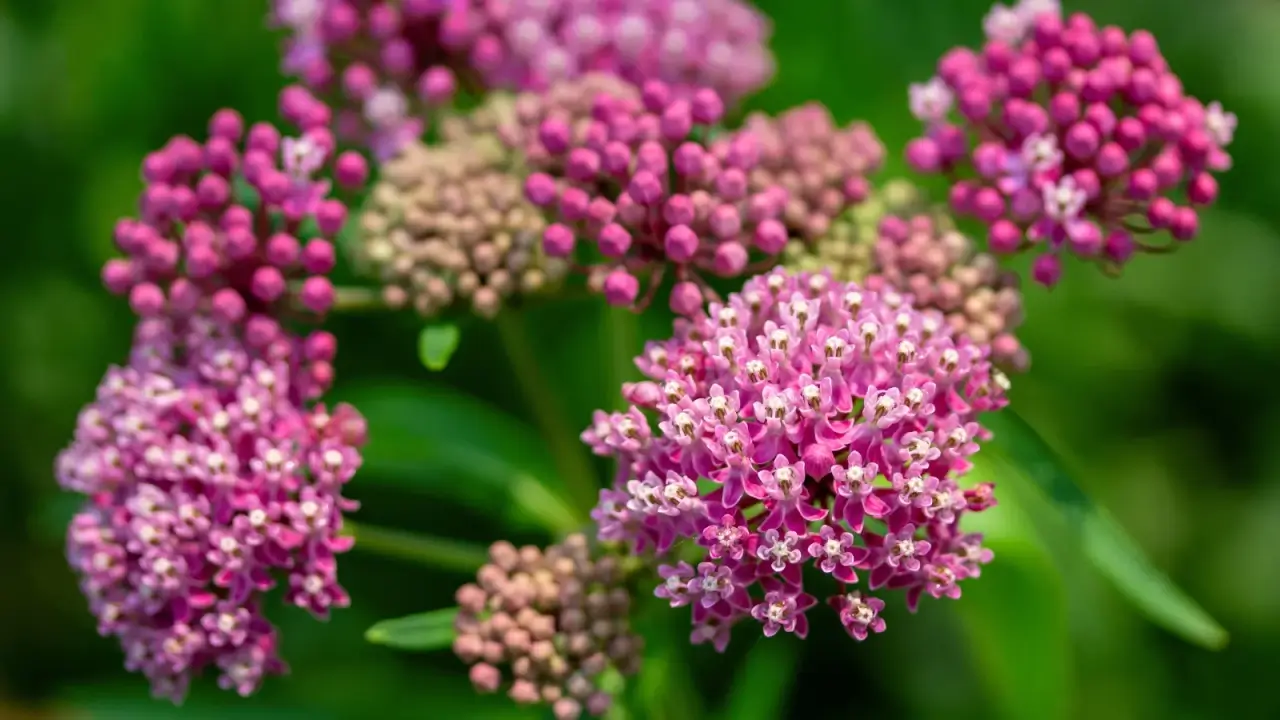

Known as the premier host for monarch butterflies, milkweed also attracts lady beetles. But that’s not where the benefits end. Hummingbirds are aphid predators, and they love to sip nectar from milkweed flowers. Bees provide pollination to milkweeds and any crops nearby.
Like yarrow, it makes sense to plant milkweed alongside your potatoes, keeping them out of the same bed. Milkweed will do well on its own or in a strip of prairie plants. Its stems contain a toxic sap that can irritate skin, so keeping it in an area that receives little human intervention is a good idea. This gives monarchs the space to do their thing.
Buckwheat
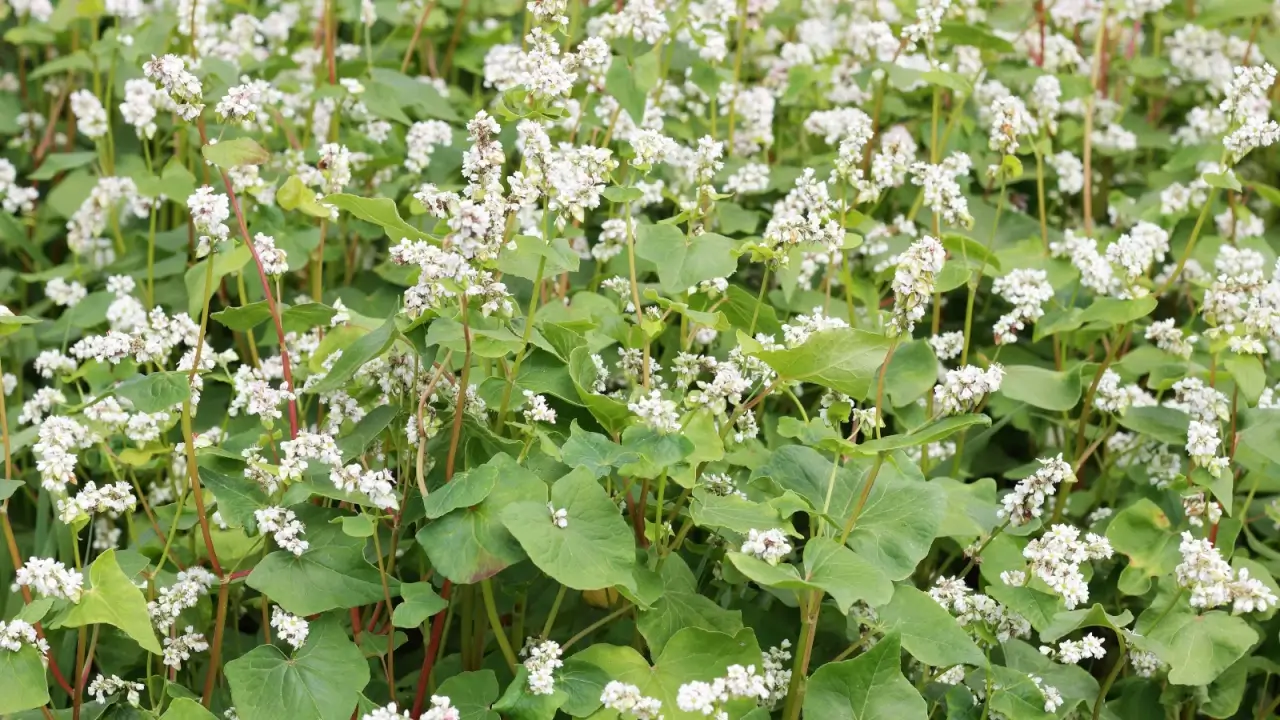

As a cover crop, buckwheat is an excellent choice. It’s a quick-growing living mulch, suppressing weeds as it grows. It can grow in poor soil, requiring little amendment to thrive. Its roots also scavenge for phosphorus. This makes it a good candidate for interplanting with potatoes.
Its flowers are a huge syrphid fly attractant, too. These guys are another viable predator that keeps aphid numbers down when potatoes are flourishing. With numerous commercial sources for buckwheat, it is one of the more accessible plants listed here.
For farmers who want to use regenerative practices on their farm, there are numerous native species to pick from.
Native Grasses
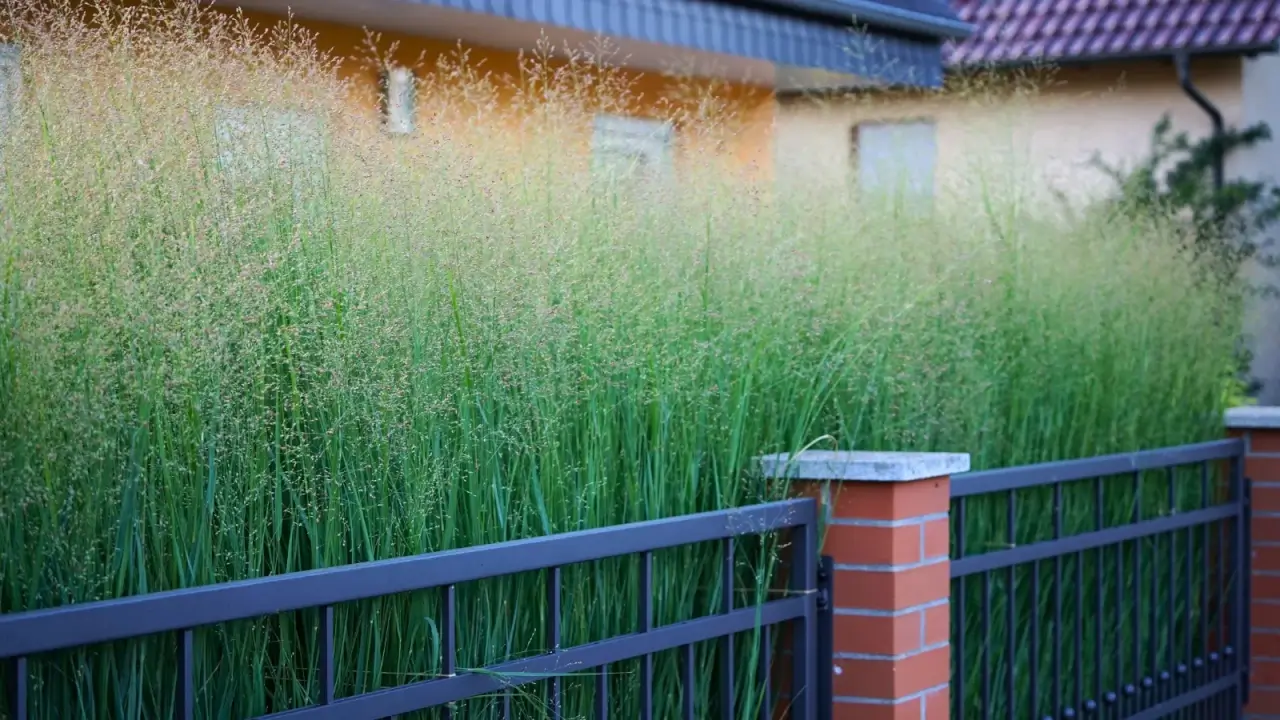

For carabid beetles, the best attractors are native grasses. Ranchers benefit from using natives in their pastures, and even more so if those pastures are rotated in a restorative model. This means it’s possible to have multiple revenue streams on the farm if there’s room for them – from cattle and from food crops.
Regardless of whether or not grazing animals are a part of the farm, including native grasses will reduce aphid numbers when they grow nearby. Plant them in strips or in close proximity to your potatoes. By doing so, you bring in aphid predators, and also host butterflies, skippers, and more.
Grass seeds are food for birds in winter, and deer appreciate native grasses as well. If having white-tailed deer on your farm for leasing to hunters is something you’ve wanted, here’s your chance.
Wild Mustard


You’ve probably seen some kind of weedy brassica plant on your farm. What if you learned these are a food source for syrphid flies? Mustards are employed as cover crops, but they’re also one of the primary attractants for hoverflies. This includes some cultivated mustards, too.
Hoverflies don’t just feed on aphids. They prey on scale insects and thrips too. Flower farmers who have trouble with western flower thrips will get a boost from planting different mustards. Many are beautiful and work as fillers in cut flower bouquets, too.
Queen Anne’s Lace
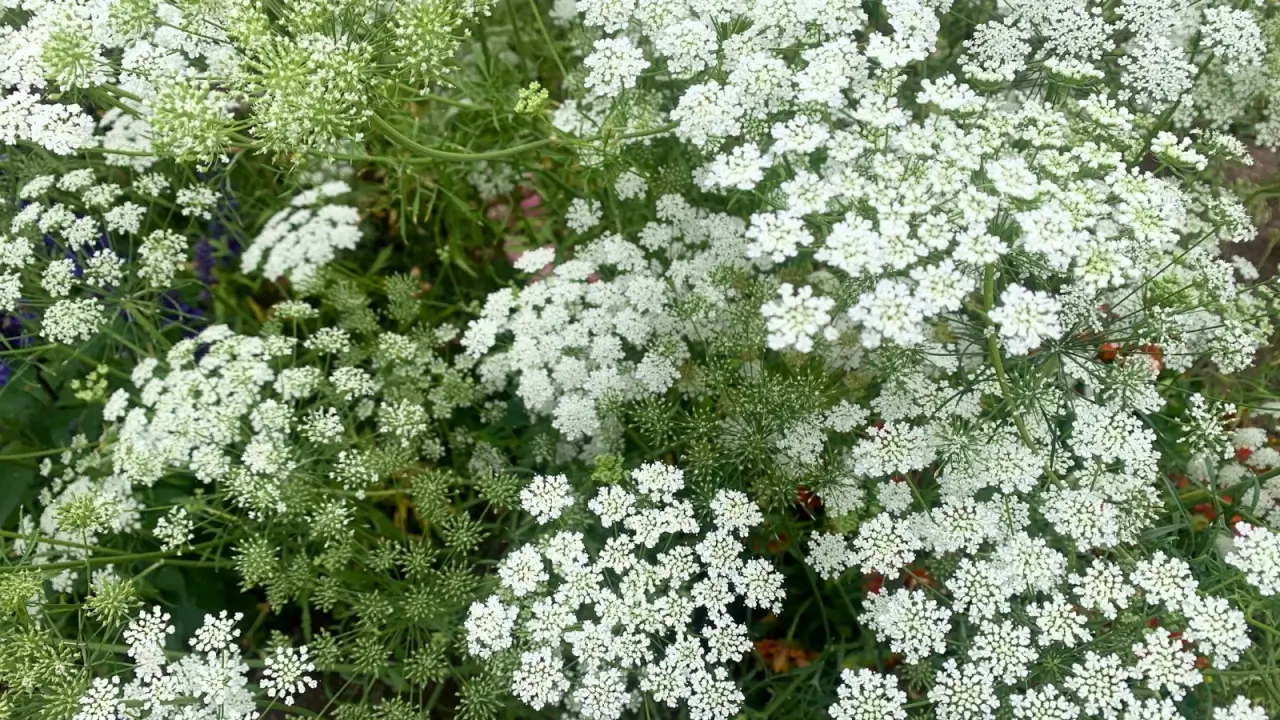

A common sight on the flower farm is Queen Anne’s lace, and hoverflies love this one, too. While it’s not advisable to plant this one in areas where it is invasive (which are many), it is a good food source for aphid predators.
Because it can be vigorous even outside its invasive range, your best bet is to plant it in strips near your potato rows. Give it space, and if you decide to interplant it with another flowering species, opt for one that can handle the intensity of Queen Anne’s lace.
Penstemon
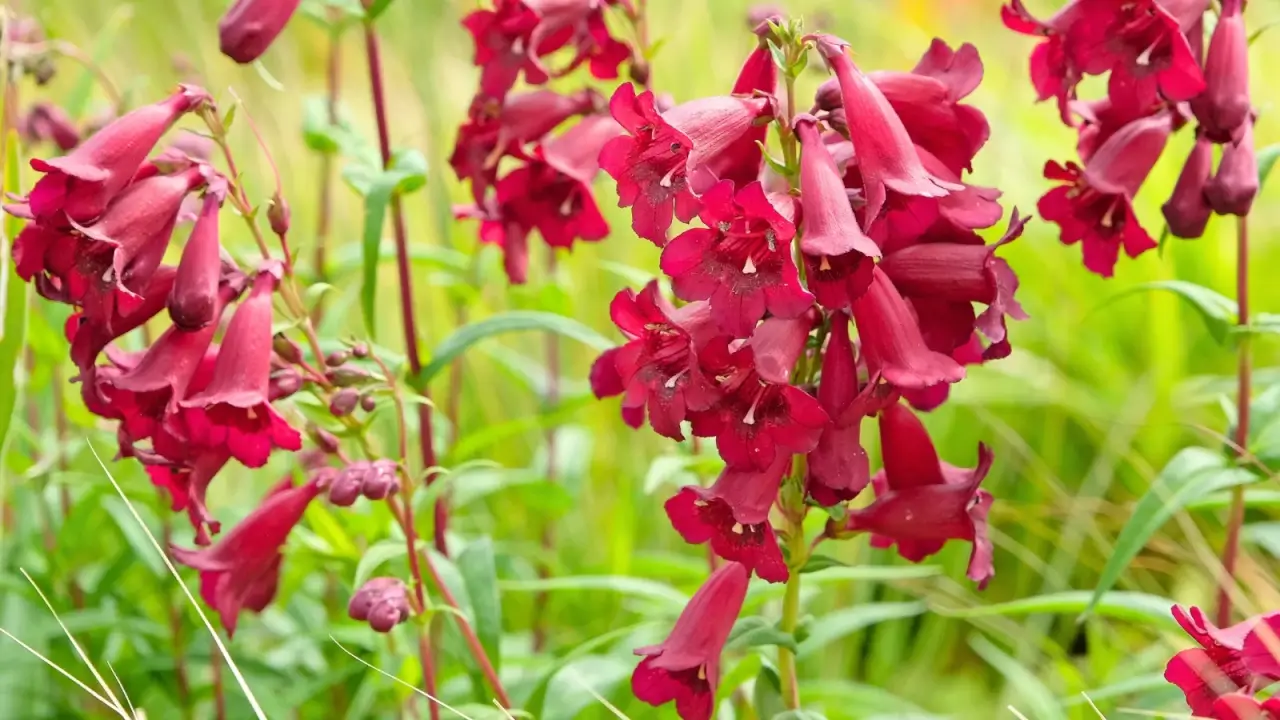

Beardtongues are similar to foxgloves in their floral shape. They have a similar habit and are often one of the first flowers to bloom in spring. Coincidentally, green lacewings love these flowers, and the adults will enjoy the nectar of the plants while their larvae will rid your potatoes of aphids.
This is another perfect candidate for North American regenerative farms that want to include restorative practices in their food cultivation. There are over 280 native species to choose from, and all commonly bloom from early spring up to summer.
If you’re planting these, include them in strips that have longer blooming plants in them to keep predators on the farm, rather than searching elsewhere for another food source.
Saltbush
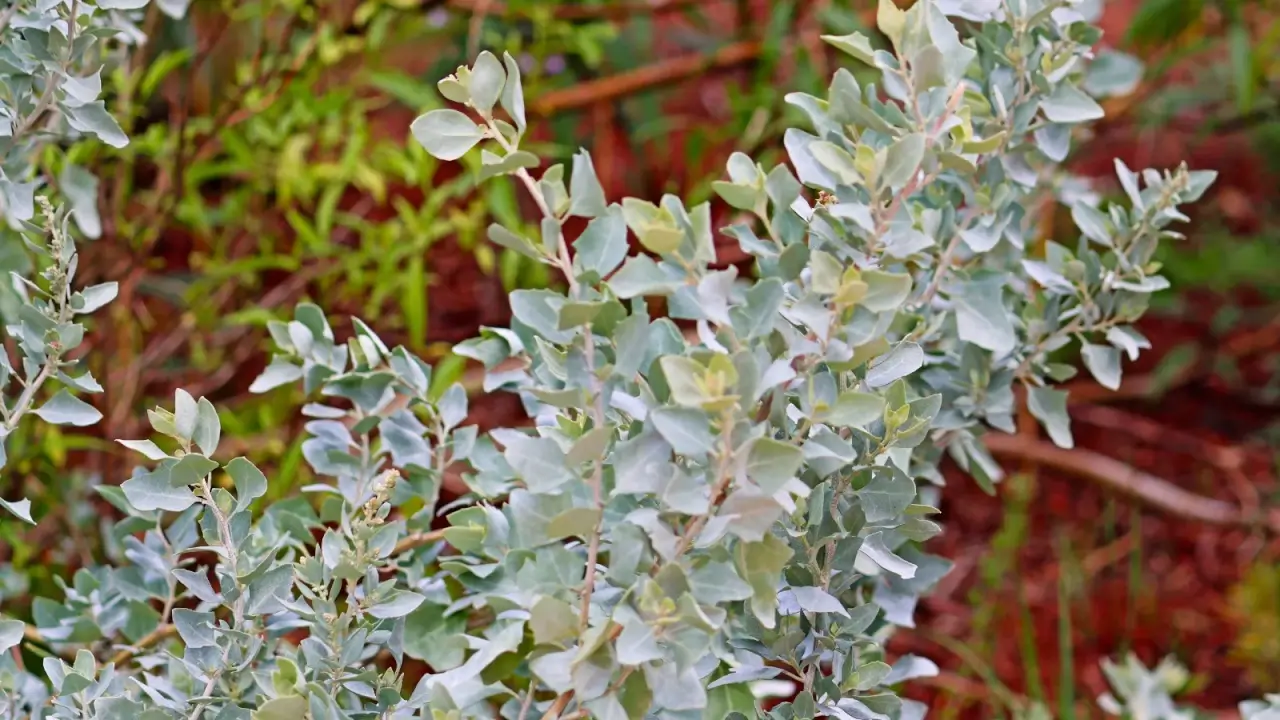

In the western half of North America, farmers benefit from planting Atriplex canescens, or fourwing saltbrush. This Amaranth family member is a source of food for green lacewings, which flit between it and potatoes to consume nectar and predate. This plant has a long history of use among indigenous peoples as a dye and a fuel source.
Farmers should plant multiples of this plant to keep it going on the farm. There is a ton of genetic diversity between plants, and there is little consistency between plants with male and female flowers. Therefore, many plantings will ensure survival.
Include this one on your potato farm to cultivate a piece of native plant history!
Winecups
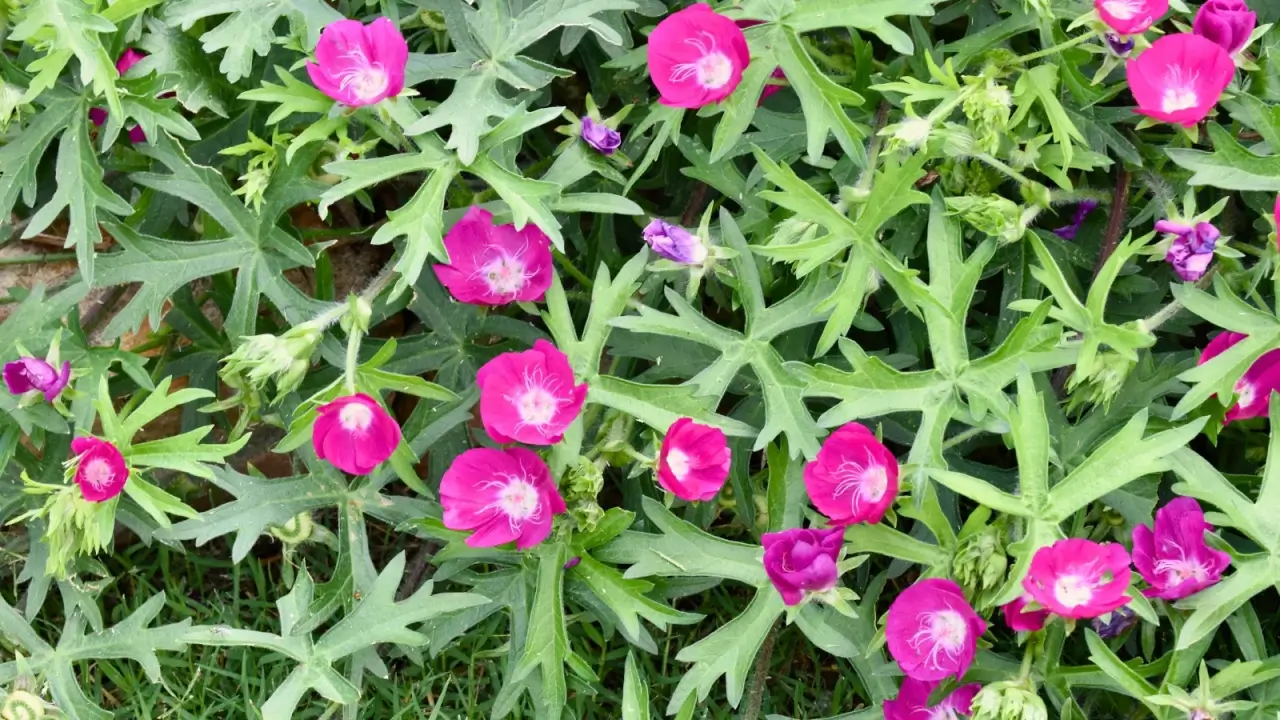

Another spring to summer bloomer, winecups are a boon for potatoes due to their ability to bring in green lacewings. They tend to do quite well on borders, making them a good choice for farms that have a smaller cultivation space, and lots of wild areas on the edges.
You’ll bring in a ton of bumble bees with this one, making it possible to produce potato seed (as opposed to tuber seeds) if you want to. Even if that’s not your end goal, lacewings keep the aphid populations under control, preventing viruses that devastate crops.
full_link
This Modern Farmer Wants You to Grow a New Potato Strain
Also known as Johnny Potato Seed, this small farmer turned a plot of land in Wisconsin into the epicenter of an international potato breeding movement.

